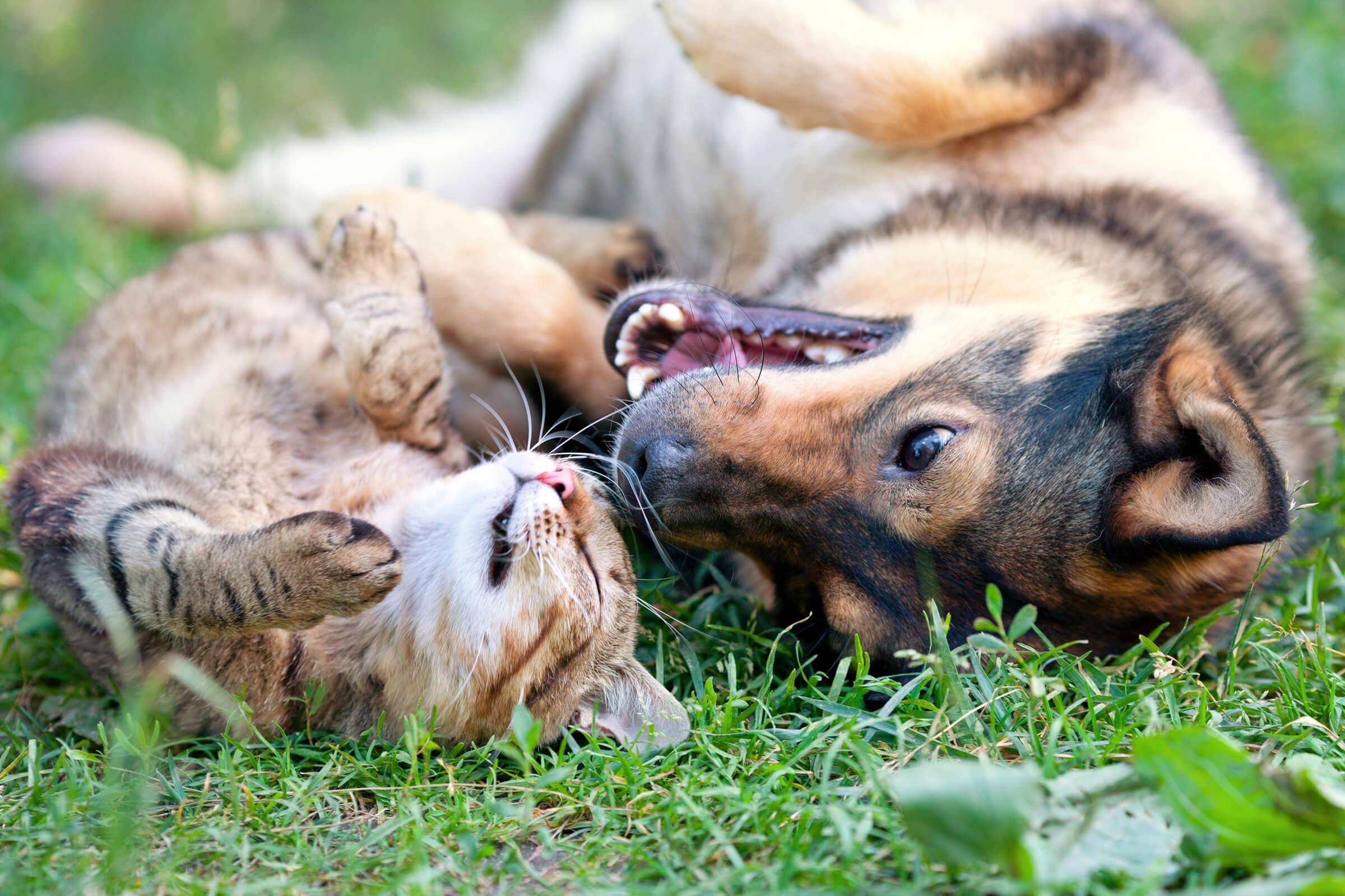
 Menu
Menu
Humeral Condylar Fracture

Humeral Condylar Fracture
Fractures of the humeral condyle (elbow) are not uncommon in dogs. These fractures can affect one portion of the condyle, medial (inside) or lateral (outside) or both, known as a dicondylar or Y-T fracture. Humeral condylar fractures can extend up the humerus (upper arm bone), leading to complex and comminuted fractures (fractures with multiple free fragments).
These fractures often occur as a sequelae to humeral condylar fissure (HCF) (see link), or secondary to trauma. Fracture of the lateral (outside) portion of the condyle, or a T/Y fracture, are the most common types of condylar fractures.
How are these fractures diagnosed?
Diagnosis is often straightforward, as the patient is usually completely non-weightbearing on the affected limb. They will be painful with palpable instability and swelling being appreciated during the physical examination. Radiography is vital to confirm and describe the extent of the fracture, in order to decide upon the most appropriate method of stabilisation.
How are they treated?
Surgical treatment is always recommended and involves a combination of bone screws and bone plates (one or sometimes two plates depending on fracture severity). Sometimes pins are used to help stabilise the joints. Strict rest following fracture repair is essential to allow successful fracture healing. Outcomes after this surgery are often very favourable. However, healing can be slow in some dogs, with others having long term lameness, predominantly after Y-T fracture treatment.
Stay in touch
Follow us on social media and keep up to date with all the latest news from the Grove clinic.

